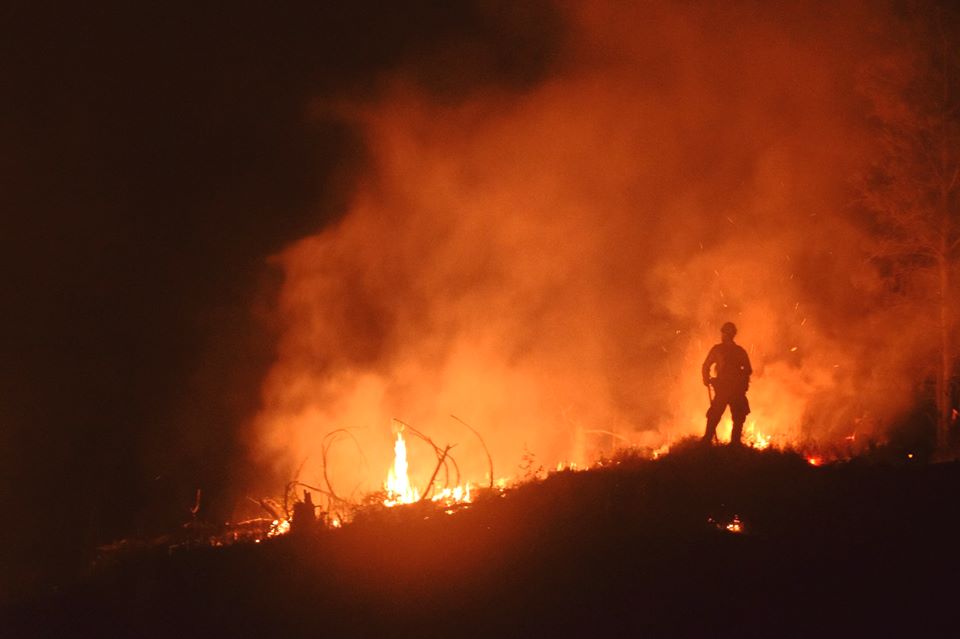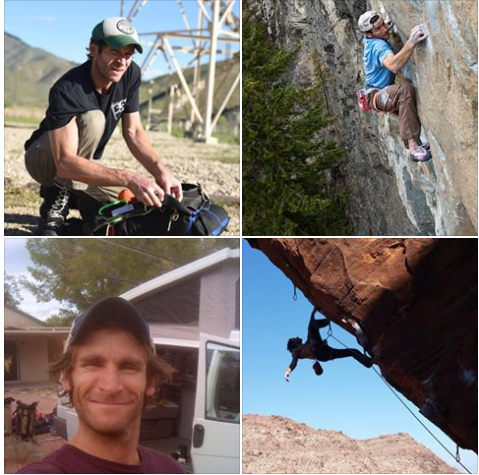
Seen as some of the most dangerous occupations: First Responders, Search and Rescue & Wildland Firefighters risk their lives everyday for our safety, they see horrible things that can not be unseen, their rate of suicide has been on the rise.
Firefighter was rated the most stressful job in 2015, with uncommonly aggressive job stressors such as; rotating schedules, lack of sleep, inadequate training, technical difficulties, inconsistent policies, co-workers/ crews living together for periods of time not to mention the constant physical exertion and stress. This, coupled with the fact that jobs that form “crews” require working and living together for extended periods of time and forming meaningful bonds. They also tend to then have long periods of time were crews are disbanded for time off or seasonal periods which can lead to an overwhelming sense of loneliness.
This year we have seen a large amount of wildfires spreading across the U.S. and record breaking amounts of fires in Canada. Wildland firefighting agencies have seen many job related fatalities such as falling trees. But, the very serious issue of suicide is often not addressed in our greater society. The National Wildland Firefighters Association is intent on changing that within their tight nit group they call a family.
“Silence is dangerous when we pretend the problem is not there… communication is a healer to break the silence.”
– Canadian First Nations Elder
“It is with a wounded heart that I am notifying you of the passing of Ian Pohowsky, a BLM Smokejumper, last night, August 6, 2017.
Ian transferred to the Great Basin Smokejumpers in 2014, after starting his smokejumper career in West Yellowstone in 2011. Ian had previously worked in several other fire jobs, including as a member of the Black Mountain IHC and Las Vegas Helitack. Ian was a friend and mentor to many firefighters over the years and was a valued contributor to the Wildland Firefighter Apprenticeship Program for several years. Ian will be sorely missed, but not forgotten.
In writing this email I struggled with the decision of whether to discuss the nature of Ian’s passing, but after speaking to his mom, and with her concurrence, it is important to talk about it. Ian died by suicide. In the past 7 years, five smokejumpers have taken their own life; and this tragedy has struck other wildland firefighting groups as well.
For too many years the topic of suicide has been a discussed in hushed conversations in small settings. These are not easy conversations to have and the factors leading to these tragedies are never simple, but it is time for the wildland fire community to openly discuss these topics and remove the stigma associated with suicide and suicidal thoughts.
Working with Nelda St. Clair and her CISM group, I am attaching a “Managers Guide to Suicide Intervention, Postvention and Prevention.” Please pass it on to managers to help open the dialogue surrounding suicide.
I encourage you to please take the time to read this guide {links below} and discuss this important topic with all your firefighters and colleagues.”
National Wildland Fire and Aviation Critical Incident Stress Management (CISM)
The Stigma Of Suicide
Prevention, Intervention and Postvention
Home Page/ Index of Services and Information
Sincerely,
Todd Jinkins
Boise Smokejumpers
“Please keep the entire wildland community and their loved ones in your hearts. The WFF will be here to assist them after these tragic loses in anyway possible today and for years to come.” – Wild Firefighter Foundation Facebook Update, August 7, 2017

Thank you Firefighters and First-responders for your bravery and strength in the line of duty. We can’t imagine the challenges you face everyday. Please look to the resources provided in the above letter for support and know that your life is valuable, you are appreciated and you are not alone.